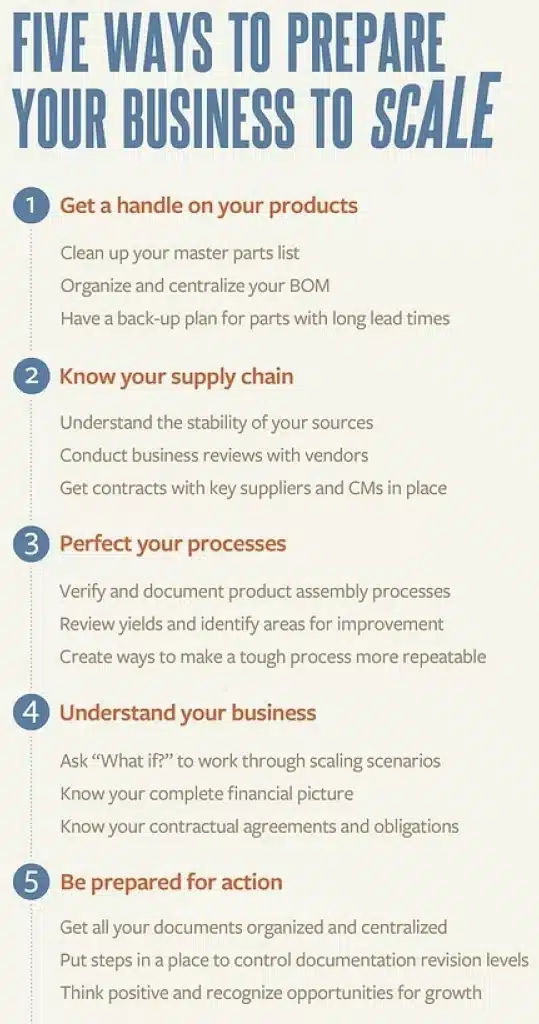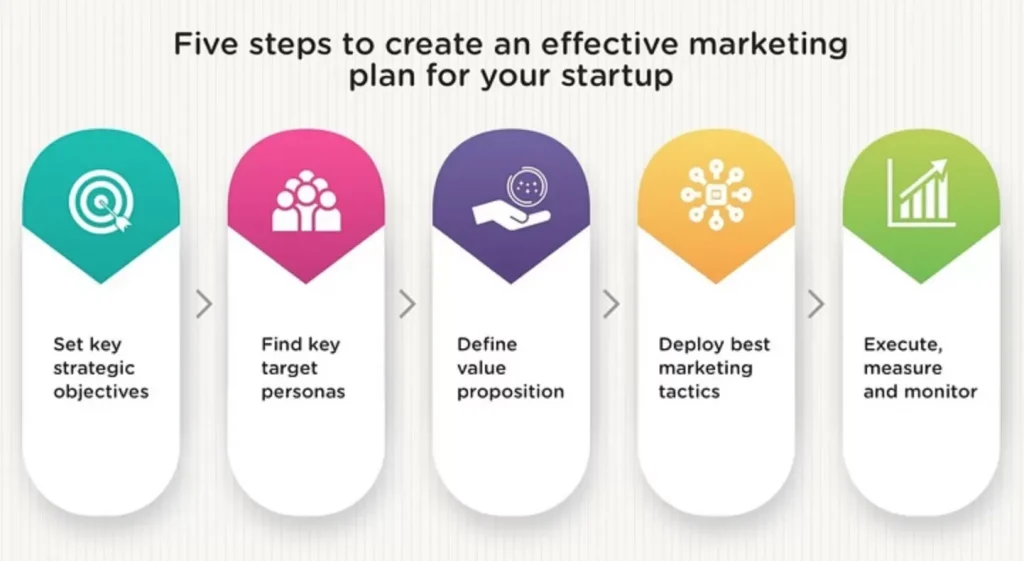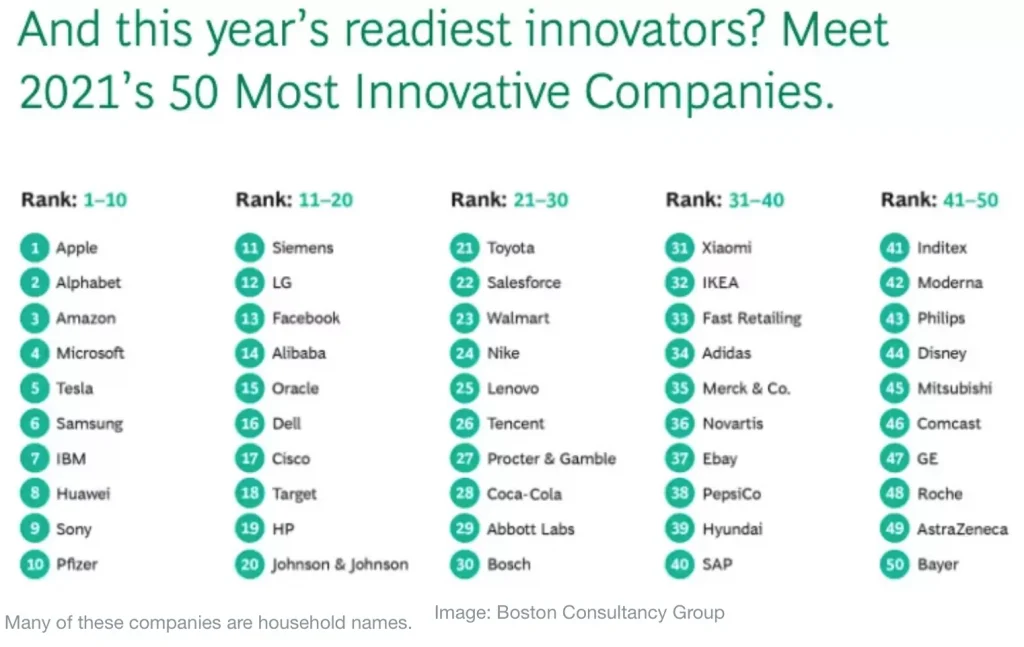The marketing dilemma for small businesses. Running a small business can be exciting. Seeing your products and services come to market is rewarding. But running a business is challenging, and the pressures of managing all aspects of the company can be overwhelming at times. This creates a marketing dilemma for small businesses.
When problems arise, a business owner must decide where to focus their attention and effort. When multiple issues come up, decisions must be made on what gets priority and what gets put on the back burner. For too many businesses, marketing is one of the tasks that often finds its way to the bottom of the priority list. Building out products and services, finding new sales, managing customers, and even infrastructure, usually take precedence over marketing activities.

The Marketing Dilemma
The problem is that marketing quickly becomes a chicken-and-egg problem. New sales are generated from marketing efforts, but sales drive the revenue that enables companies to spend on marketing. What often happens in many businesses is the money gets spent on sales resources, which are then forced to do their marketing to find leads.
Marketing’s role is to increase brand awareness and, ultimately, create leads. This is the engine for growth within a company, and marketers are skilled in understanding what steps need to be taken to develop lead-generation campaigns. But marketing is complex and continuously changing. Many businesses are vying for a customer’s attention, and it’s challenging to stand out and get your value proposition to resonate.
Consider implementing such tools as AI hyper-personalisation software. It installs as a plugin onto your website’s platform in just a couple of minutes. the effect is massive, hence the reason that huge companies including Microsoft and Adobe are partners. Without needing any human input whatsoever it watches what each of the customers looks at and buys and a predictive analytics algorithm calculates what each of them is most likely to buy next. It then sends the individual details of those choices by email to secure the sale.
It does not replace promotional and marketing email software, which you can adopt when it can be afforded, but it enables you to communicate perpetually with all your existing clients immediately for very little. You will discover personalisation has become a byword for marketing, and this is in the top echelon of Martech listed companies. in the last 12 months, anyone taking a free month’s trial with no obligation to buy has continued to use the solution thereafter. Case studies and testimonials are available for review. It works equally as impressively as part of advanced marketing techniques, as you grow.
Growing Revenue
The goal of marketing is to create new revenue opportunities, but generating revenue can’t be a prerequisite for investing in marketing. When you invest in the stock market, you don’t wait until the stock goes up before buying it, you invest and then get the returns. The same holds for marketing. You need to make the investment in a strategic marketing plan and its implementation to see the returns through increased revenue.
Too many businesses keep putting off investing until business “gets better.” It’s like waiting to exercise until you lose weight! Exercise is part of the process of losing weight. The marketing dilemma is that you need to make the investments to see the results.
Increasing Profit
As your business starts generating consistent revenue, the focus switches more to profitability. This is another area where marketing plays an important role. When looking at income, marketing can help you understand areas for increasing profitability.
- Who are your best and most profitable customers?
- What products or services have the best margins?
- What segments of the marketplace are underserved and have the most significant opportunity for growth?
- Are there other channels available for sales?
- Does a specific niche or concentration make more sense to capture more profitable customers?
- Do you have the right product-market fit?
These decisions, backed up by useful data, can help solve the marketing dilemma and steer your company to the next level of growth, with your marketing team playing a significant role. Getting the ship moving is the top priority, but once it has momentum, it’s essential to make sure you’re steering it on the right course.

Maintaining Quality While Delivering Growth
Growth is an important driver for any business but you need to be mindful of the costs. Sacrificing the quality of your product or services for the sake of growth can be a poor tradeoff. Often, we hear about small businesses changing as they grow as they attempt to cut costs by compromising service or quality.
This is also true for your marketing. Your marketing efforts must be authentic. The way you position your products and services in the marketplace needs to be true to your values. We’ve all been disappointed by products and services that claimed to be one thing but turned out to be something else.
Or advertising that promised something that wasn’t delivered. Maintaining quality and being authentic is critical to a business’s long-term success. Once your reputation is damaged, it can be significantly harder and more expensive to recover, than it would have been to do the right thing from the start.
Building a Marketing Plan
It’s important to stress the value of having a comprehensive marketing plan. Regardless of what kind of product or service you sell, your marketing plan can have a significant impact on your business. And, what can be worse than not having a plan, is trying to implement one with limited marketing knowledge and expertise.
Marketing your business is a full-time job, and experience matters. When a small business tries to implement a plan without clear objectives and measurable goals, the entire process can end up wasting time, energy, and money. All of which would have otherwise could have been applied to more productive efforts.

The Importance of Mission and Experimentation
Your business is in business for a reason. You offer products and services, but ultimately, you do things in service to your customers. For a business to thrive, it needs to stay true to its mission. A company without a clear mission isn’t much of a business at all, because there’s nothing to keep it focused. Businesses need a clear set of goals and objectives.
There are times when it’s more profitable to serve small and medium-sized clients than to go after large accounts. It all depends on your mission and what customers your business is built to serve.
When it comes to marketing, the marketing dilemma for small businesses is being creative and taking the risks that are important to the health and growth of your company. Marketing is part art, part science. It takes some experimentation to determine what works and what doesn’t. The key is to experiment carefully and measure the results.
Use data to inform decisions and pivot when needed. If something is already doing well, there’s no reason to discard a good thing. But marketing tactics generally have a finite lifespan, so what worked today won’t necessarily work tomorrow.
Give your marketing team the freedom to experiment, iterate on the results, and keep your programs fresh. Always stay true to your mission but realize that buying behavior is fickle, and you need to adapt to be successful.

Conclusion – Strategic Investment Solves the Marketing Dilemma
With all the constant pressures, the marketing dilemma for small businesses is finding time and money to invest in marketing programs. Too often, it can seem like an attractive task to set aside until later. Powering through sales challenges and bringing in revenue can quickly filter to the top of the priority list. But powering through anything isn’t a sustainable strategy.
Leads dry up, and soon, your sales team is left hunting for leads instead of closing the business. Building a predictable demand generation engine is critical for any business, and that requires an investment, even when money is tight.
Engaging hyper-personalisation software, the distinction between vendors is considerable, can help save money over solutions which require staff and time and jumpstart your marketing efforts. However, you proceed, having a comprehensive plan that stays true to your mission, being consistent in your execution and not being afraid to experiment, will pay dividends over time.
Resist the temptation to focus on the “low-hanging fruit” at the expense of a long-term strategy. A well-executed marketing plan can deliver the revenue your business needs and increase profitability over time, solving the marketing dilemma.




